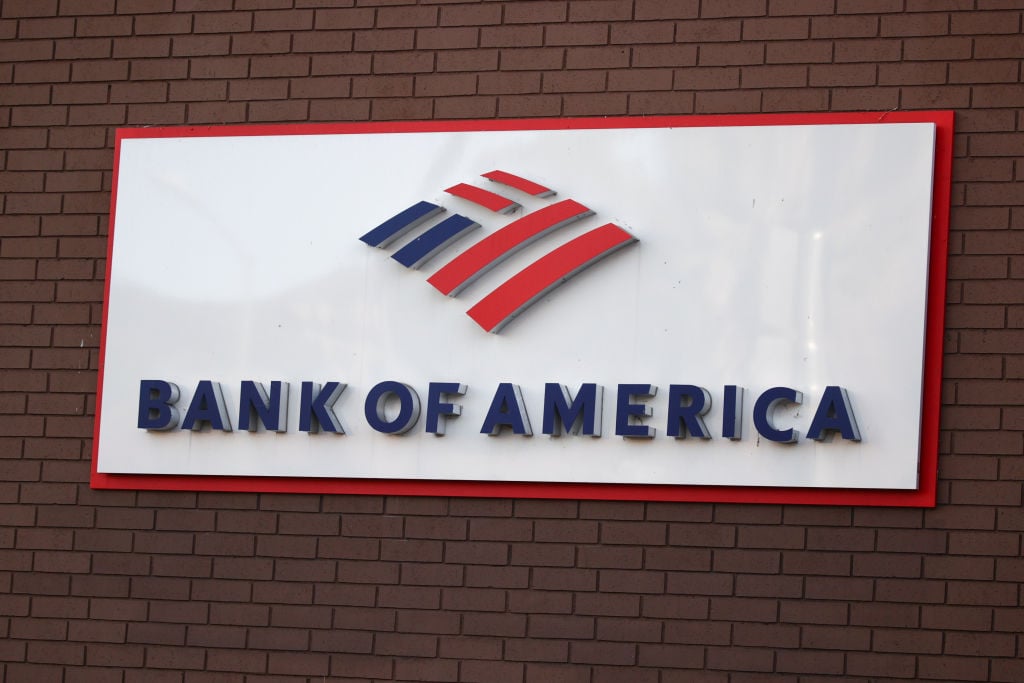It was another good-news, bad-news day for Bank of America (NYSE: BAC) as the company released its Q2 earnings report for analysts to salivate over. The best news was that the bank once again made a quarterly profit, and a fairly hefty $2.5 billion one at that. What isn't so great is all those pesky mortgage put-back requests from government-sponsored entities like Fannie Mae and Freddie Mac, as well as demands for restitution for dodgy mortgage-backed securities purchased by private investors.
The put-back issue just won't go away
A 66% year-over-year revenue increase, from a loss of $8.8 billion to $22 billion, is nothing to sneeze at, and B of A deserves credit. CEO Brian Moynihan has been on a cost-cutting binge, laying off workers and selling assets that no longer fit into the bank's long-range plans. But the value of the bad mortgages in question keeps growing. Last year, the bank had to write off nearly $21 billion because of faulty mortgages, but the value of the claims at this time last year stood at a smidge under $10 billion. Compare that with the current total of nearly $23 billion, and things start to look a little less rosy.
Other banks are facing similar problems. PNC Financial (NYSE: PNC) saw its income drop by 40% from this time last year because of mortgage-security put-back expenses. Put-back requests from GSEs have been increasing over the past year, and Citigroup (NYSE: C) is currently involved in settlement talks with the Federal Housing Administration over its liability in this area. Wells Fargo (NYSE: WFC), which also experienced higher GSE requests, is eliciting concern from regulators because of its accelerated mortgage-writing activity. The bank now originates one-third of all mortgages, and analysts wonder about increased liability if the economy tanks again and defaults rise.
Fool's take
The ability of Bank of America to turn a respectable profit after the losses it experienced last year is laudable – considering, too, that the staff cuts were much lighter than planned, since the bank had to hire more employees to process new refinances and pore over old, soured mortgages.
On the other hand, $1.9 billion of the second-quarter profit came from reserve releases, money set aside for possible losses that the bank doesn't think it will end up having to take. Another nagging issue is that B of A's net interest margin shrank by 30 basis points, not a good thing for a business that makes its money on the interest spread between loans and deposits. By contrast, PNC's NIM swelled a bit, from 3.93% a year ago to 4.08% in Q2.
Bank of America is trying like crazy to improve its outlook, but its future is just too hazy yet to know whether its efforts will pay off. If you're looking for safe, stable investment opportunities, you may want to consider looking elsewhere for something a little less wobbly.
These are tough times for B of A, but they won't last forever. Until it regains its footing, why not use the time to take an in-depth look at the most talked-about bank on the big board? This report will give you details on Bank of America's future prospects, reasons to buy, and reasons to sell. Interested? Get started.






